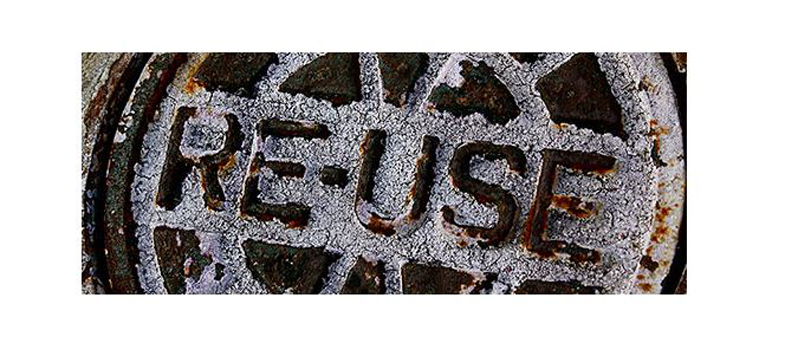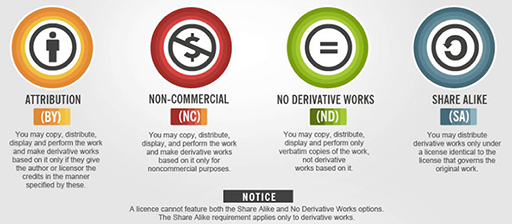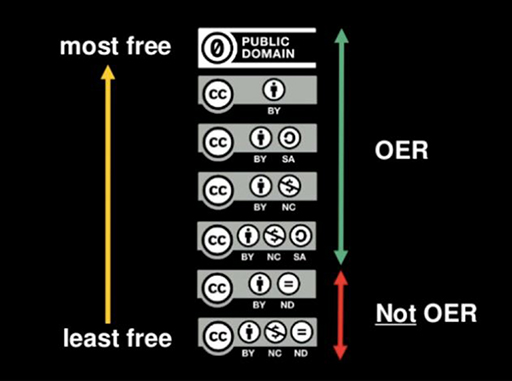2.2 About licensing
It is common enough to assume that because something is online, it is also free to use. But is it, really? Do you normally ask the person who uploaded their materials online whether you can use them in your class, in your presentation, in your report…? Of course not! That’s what Creative Commons licences [Tip: hold Ctrl and click a link to open it in a new tab. (Hide tip)] do: they let you know exactly how an author would like you to use their materials while they retain copyright. The following image explains what each of the licences allows you to do.
These licences can be combined. For example, the image reproduced right above this paragraph has been released under a CC BY-SA licence, which means that it can be reused in this course as long as it is attributed and shared under the same terms. The author has not added any restrictions with regard to adapting the resource (note that we have cropped it from the original) or using it for commercial purposes.
What is important for you to understand is that only resources allowing for adaptation are actual OER; if you can’t adapt it, then it’s not open. See the slide below: a resource with a No-Derivatives (CC-ND) licence stops you from making any changes to it, therefore it is not open.
Watch Josie Fraser talking about Creative Commons licences and the decisions we make when choosing which licence to use.
Activity 2
Fancy playing a game? Follow the instructions in the link and remix four different media types to create a new resource.
2.1 What do you do?


